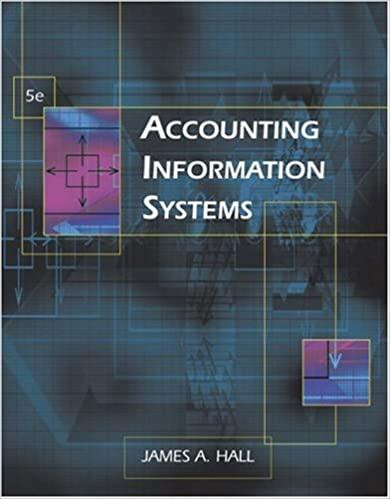Assume the original facts except that Jeremy has only $7,550 in itemized deduction Note: Round your intermediate calculations and final answer to the nearest whole Assume that in addition to the original facts, Jeremy has a long-term capital gain of $4 tax due including the tax on the capital gain? Note: Round your intermediate calculations and final answer to the nearest whole dolla Determine Jeremy's tax refund or taxes due. Note: Round your intermediate calculations and final answer to the nearest whole dollar \begin{tabular}{|c|c|c|} \hline If taxable income is over: & But not over: & The tax is: \\ \hline$ & $22,000 & 10% of taxable income \\ \hline$22,000 & $89,450 & $2,200 plus 12% of the excess over $22,000 \\ \hline$89,450 & $190,750 & $10,294 plus 22% of the excess over $89,450 \\ \hline$190,750 & $364,200 & $32,580 plus 24% of the excess over $190,750 \\ \hline$364,200 & $462,500 & $74,208 plus 32% of the excess over $364,200 \\ \hline$462,500 & $693,750 & $105,664 plus 35% of the excess over $462,500 \\ \hline$693,750 & - & $186,601.5 plus 37% of the excess over $693,750 \\ \hline \end{tabular} Schedule Z-Head of Household Schedule Z-Head of Household \begin{tabular}{|c|c|c|} \hline If taxable income is over: & But not over: & The tax is: \\ \hline$10 & $15,700 & 10% of taxable income \\ \hline$15,700 & $59,850 & $1,570 plus 12% of the excess over $15,700 \\ \hline$59,850 & $95,350 & $6,868 plus 22% of the excess over $59,850 \\ \hline$95,350 & $182,100 & $14,678 plus 24% of the excess over $95,350 \\ \hline$182,100 & $231,250 & $35,498 plus 32% of the excess over $182,100 \\ \hline$231,250 & $578,100 & $51,226 plus 35% of the excess over $231,250 \\ \hline$578,100 & - & $172,623.5 plus 37% of the excess over $578,100 \\ \hline \end{tabular} Schedule Y-2-Married Filing Separately \begin{tabular}{|c|c|l|} \hline If taxable income is over: & But not over: & \multicolumn{1}{|c|}{ The tax is: } \\ \hline$0 & $11,000 & 10% of taxable income \\ \hline$11,000 & $44,725 & $1,100 plus 12% of the excess over $11,000 \\ \hline \end{tabular} Jeremy (unmarried) earned $105,500 in salary and $6,300 in interest income during the year. Jeremy's employer withheld $10,000 of federal income taxes from Jeremy's paychecks during the year. Jeremy has one qualifying dependent child (age 14) who lives with him. Jeremy qualifies to file as head of household and has $29,300 in itemized deductions. (Use the tax rate schedules, Tax rates for Net Capital Gains and Qualified Dividends.) Required: a. Determine Jeremy's tax refund or taxes due. b. Assume that in addition to the original facts, Jeremy has a long-term capital gain of $4,140. What is Jeremy's tax refund or tax due including the tax on the capital gain? c. Assume the original facts except that Jeremy has only $7,550 in itemized deductions. What is Jeremy's tax refund or tax due











